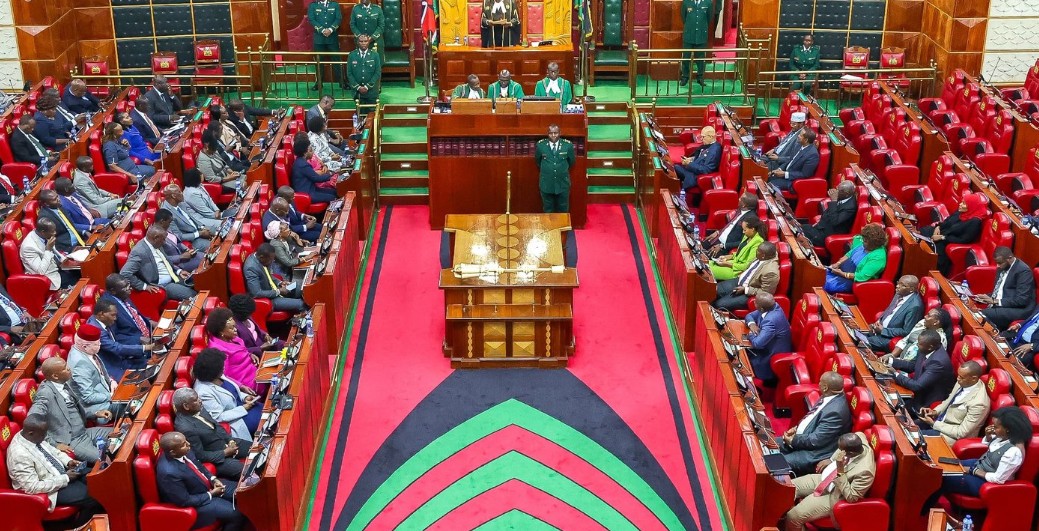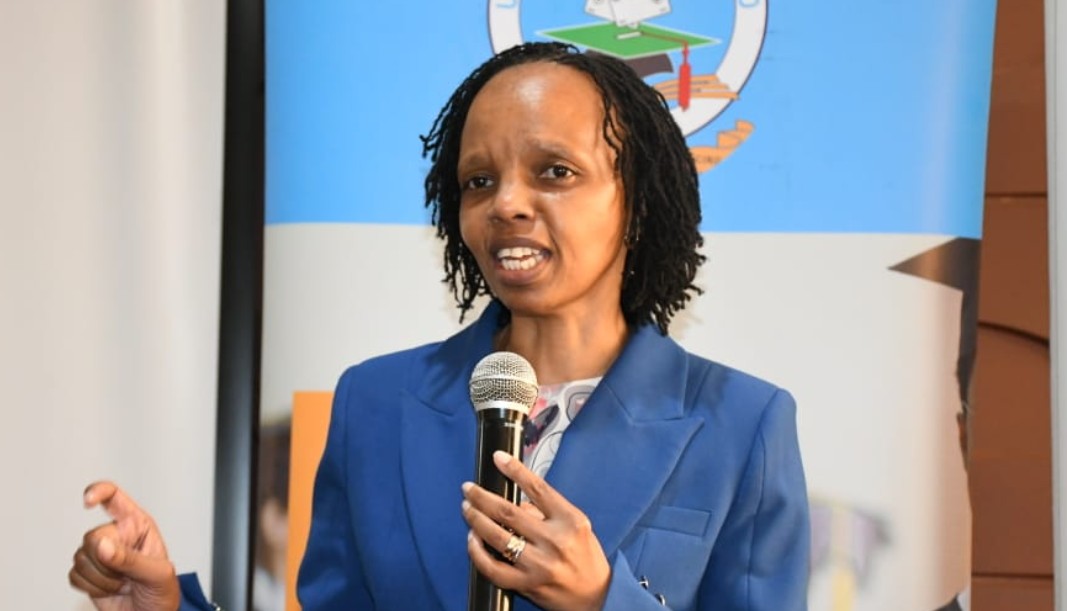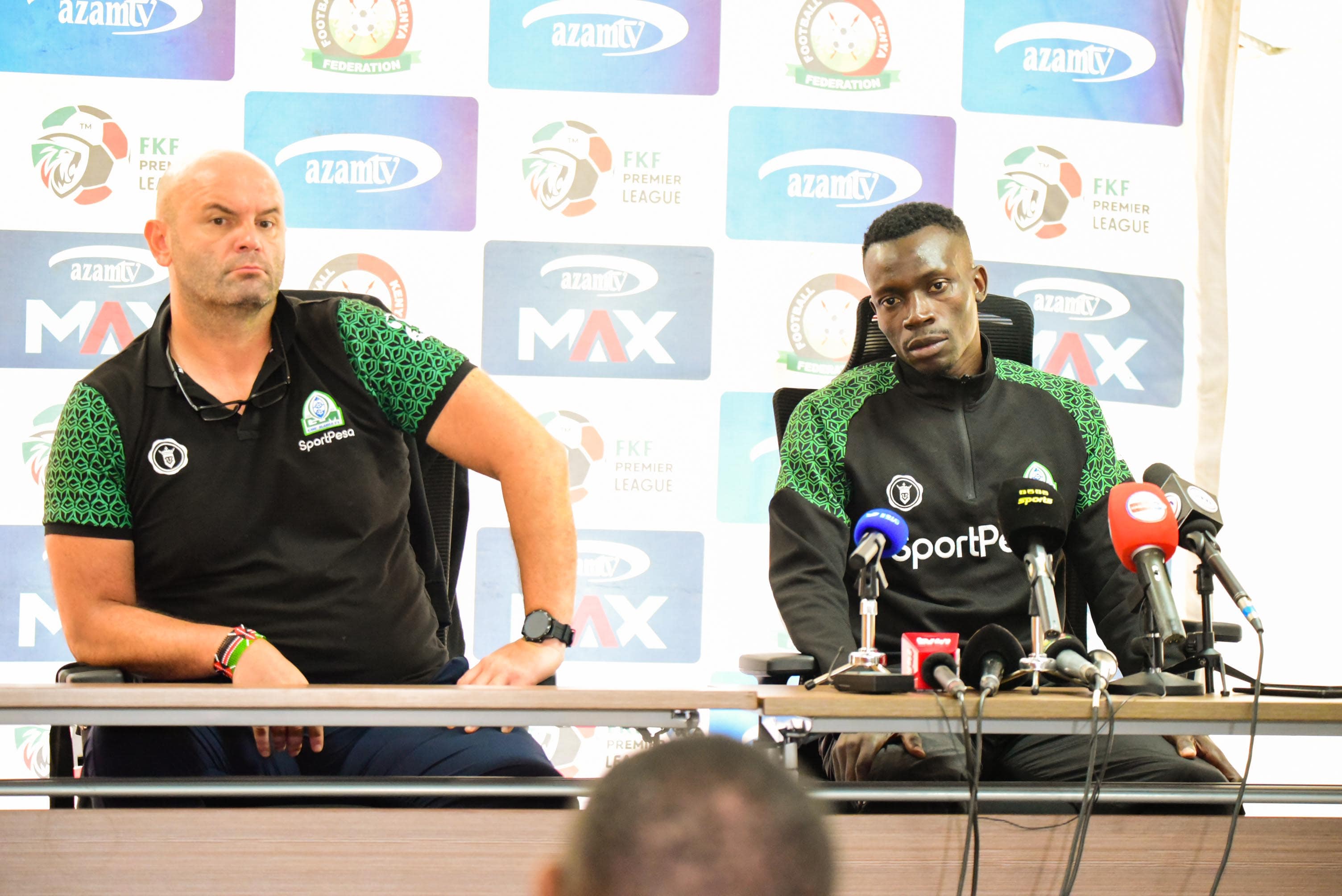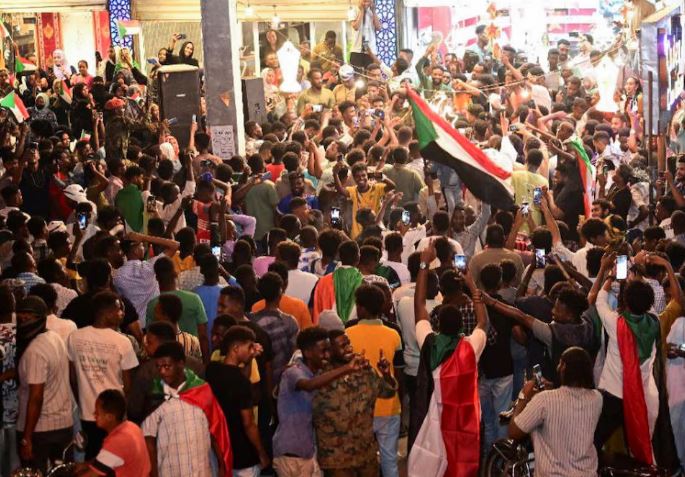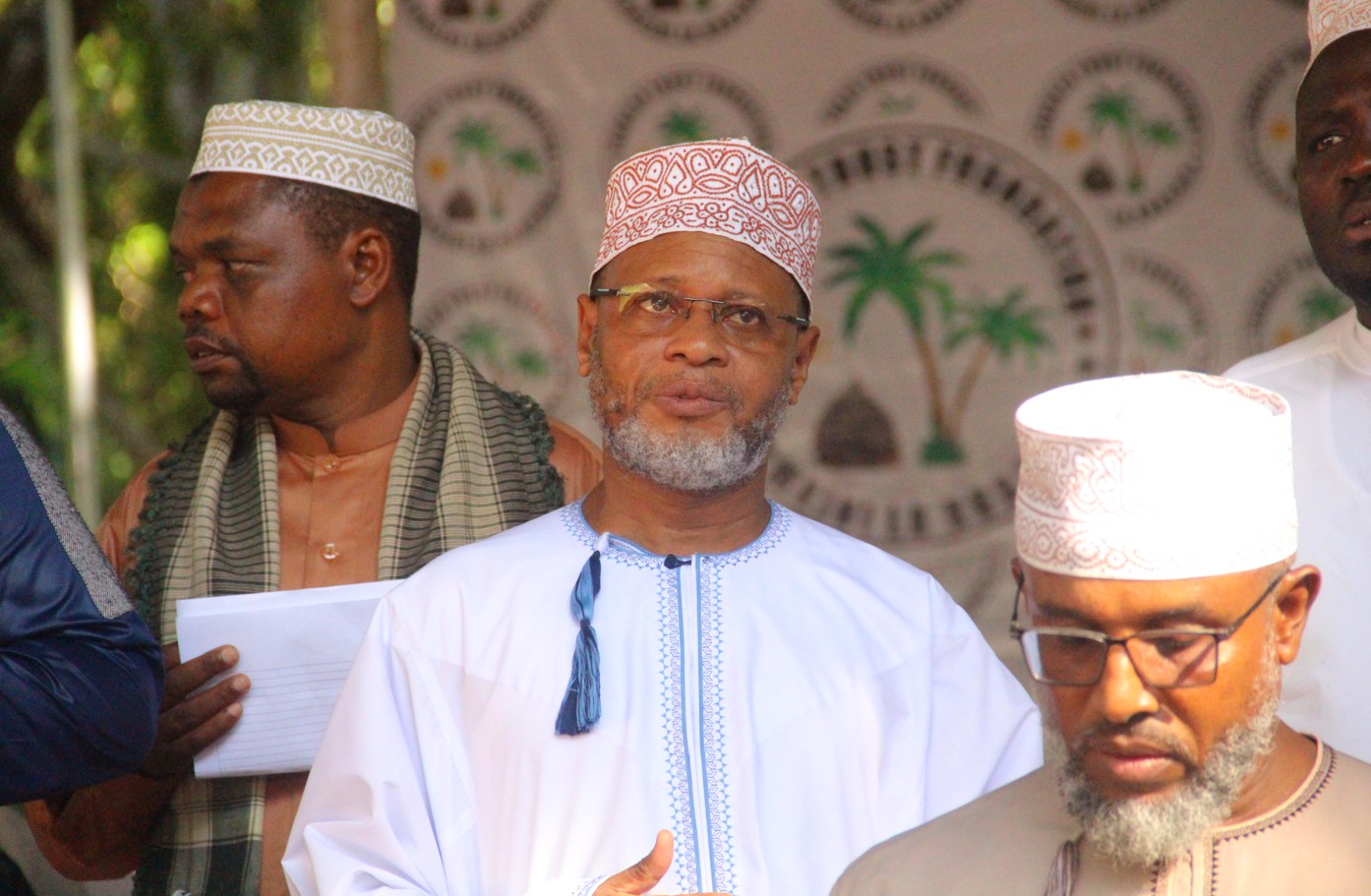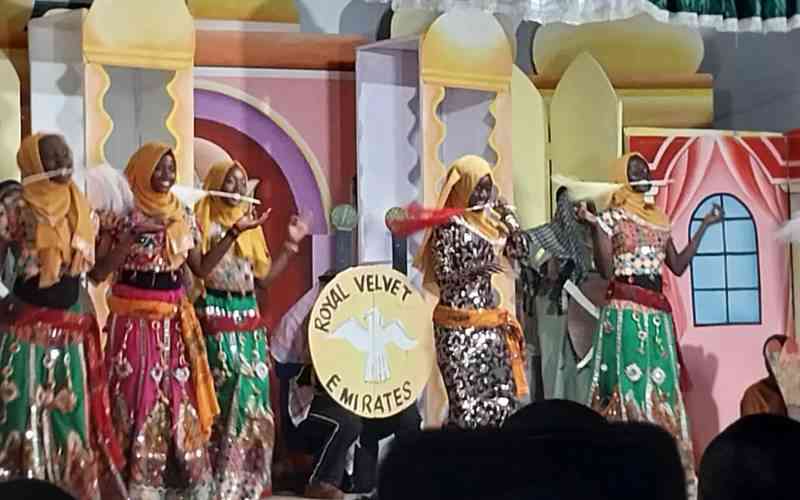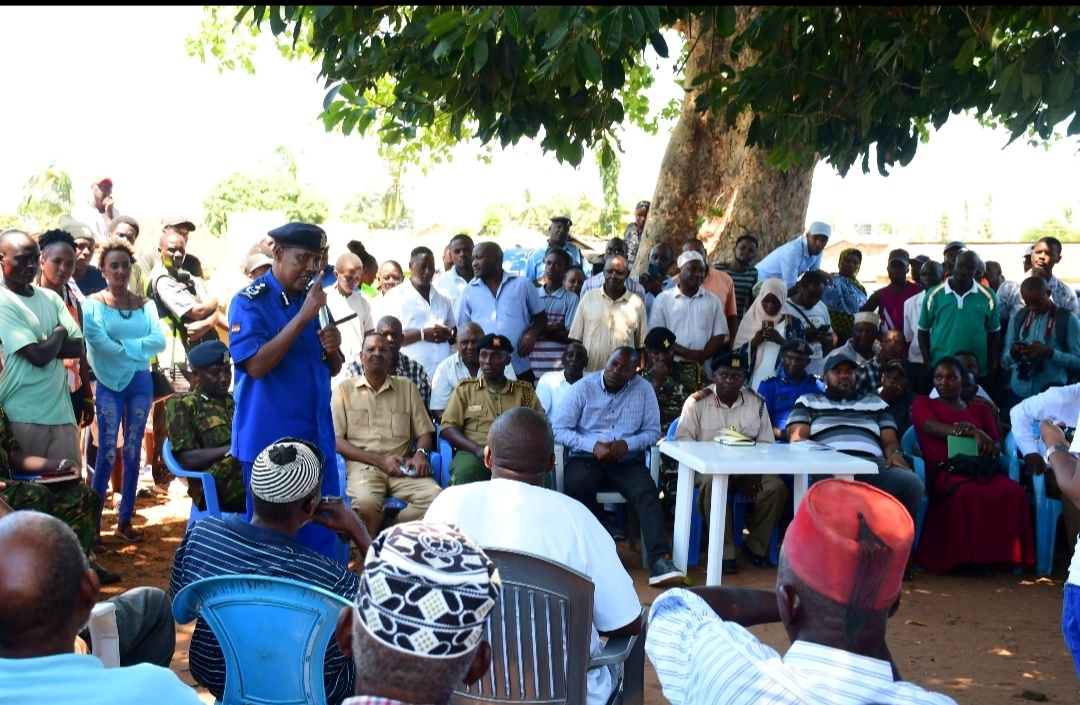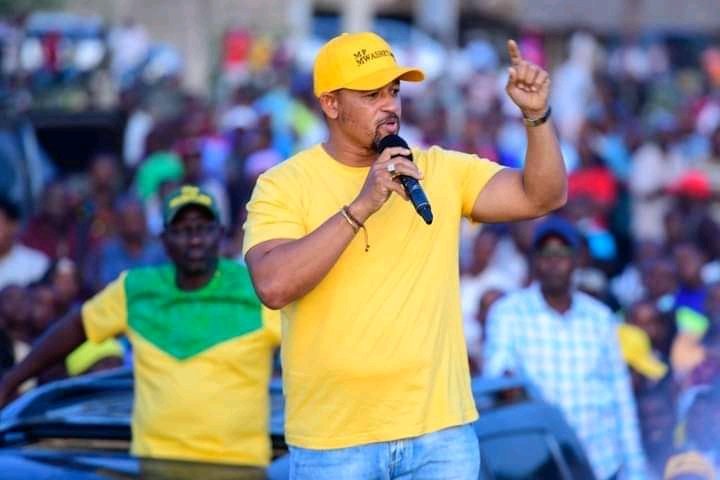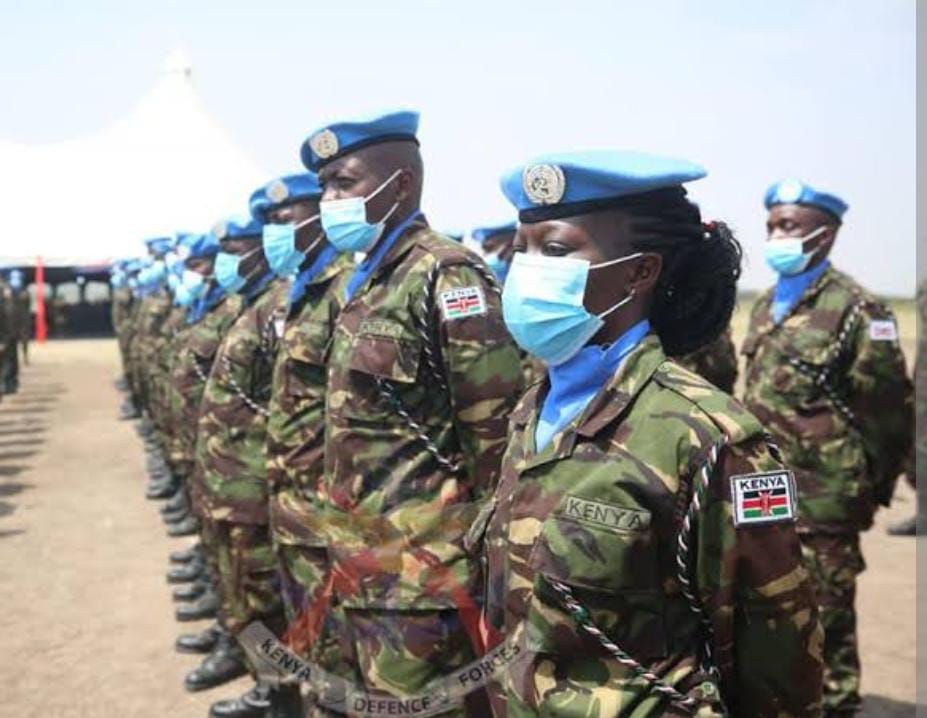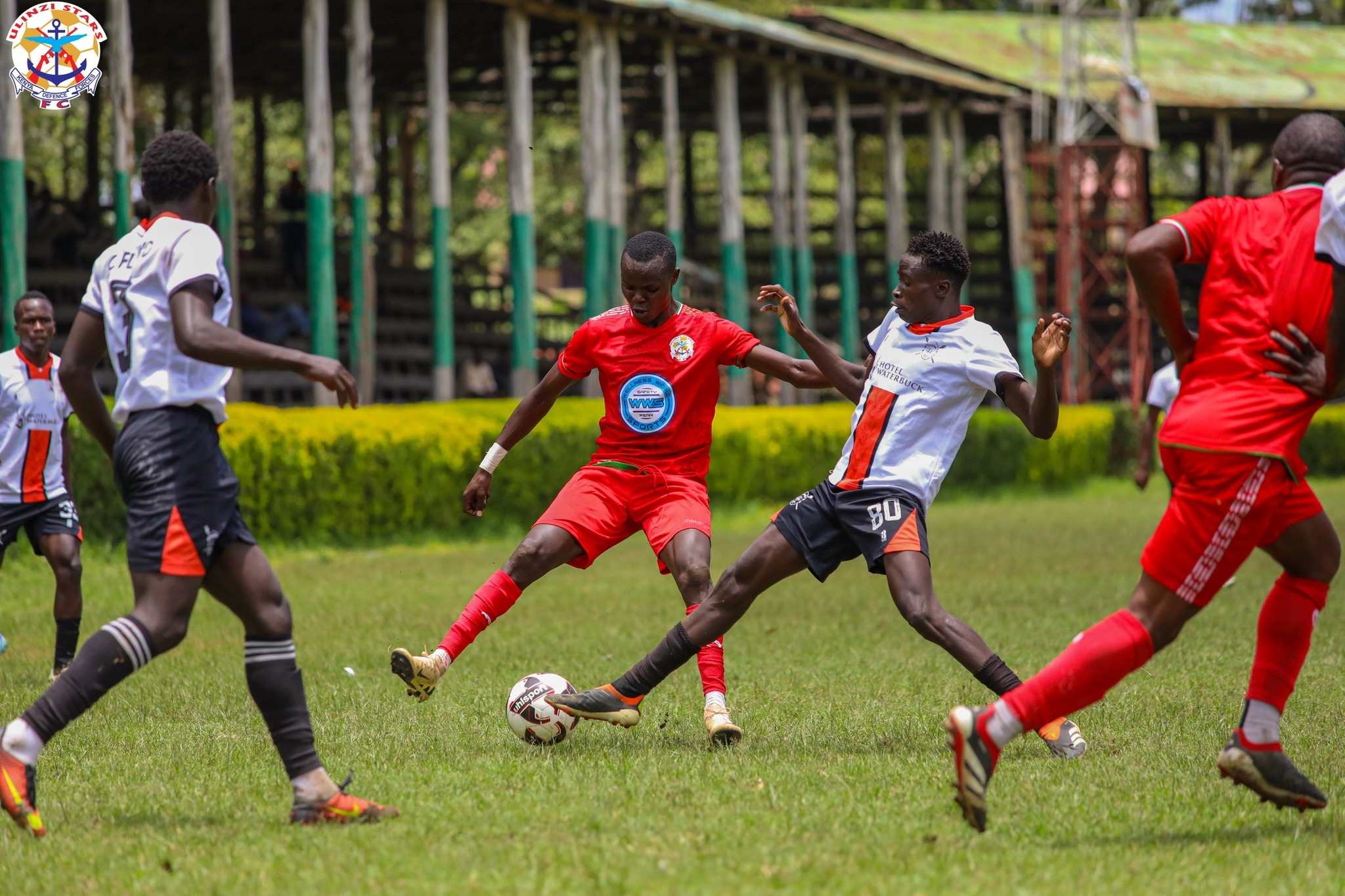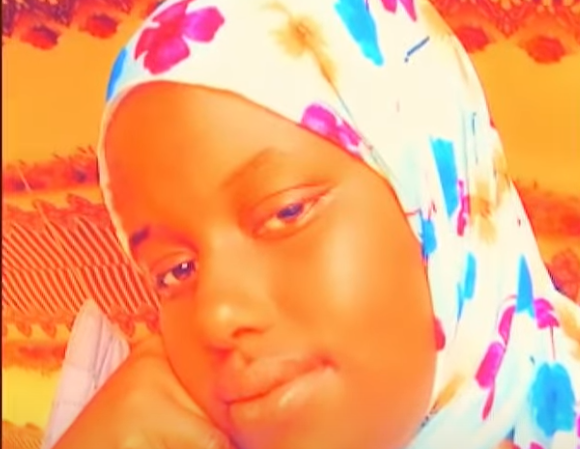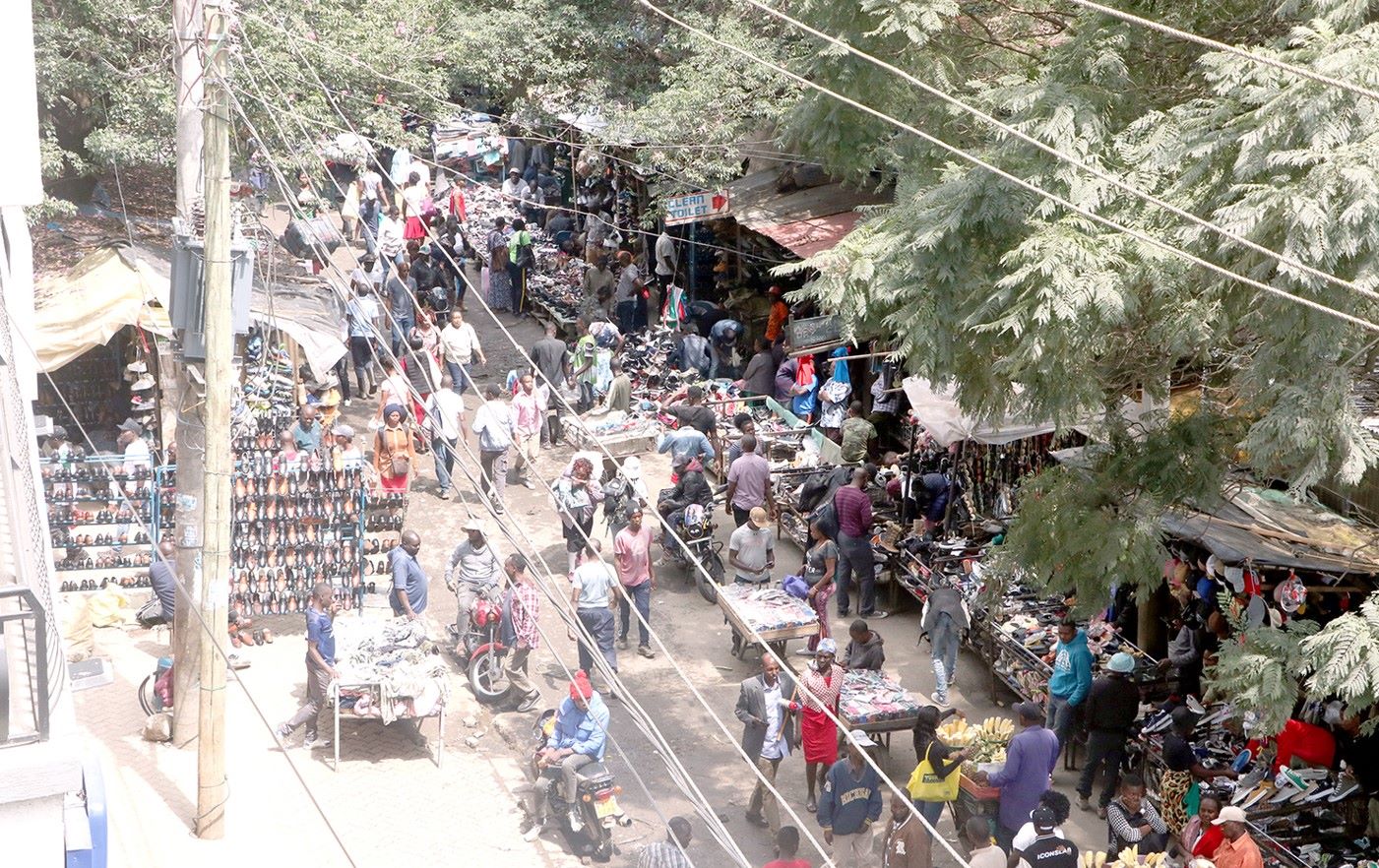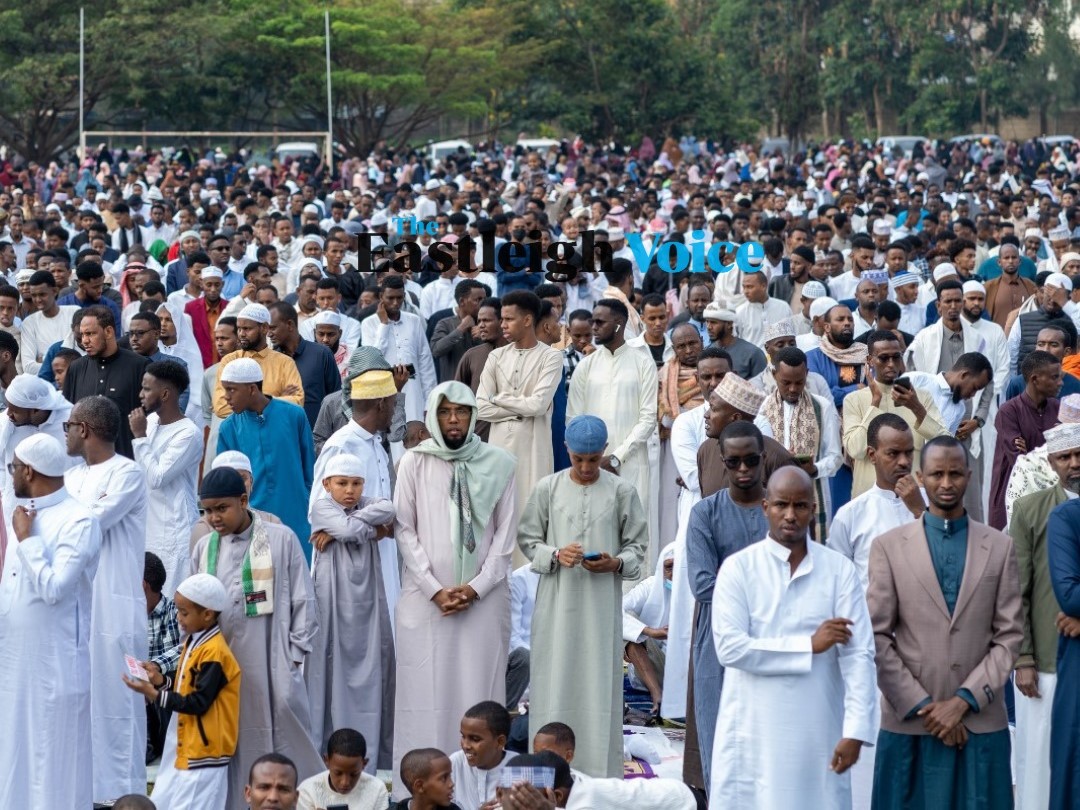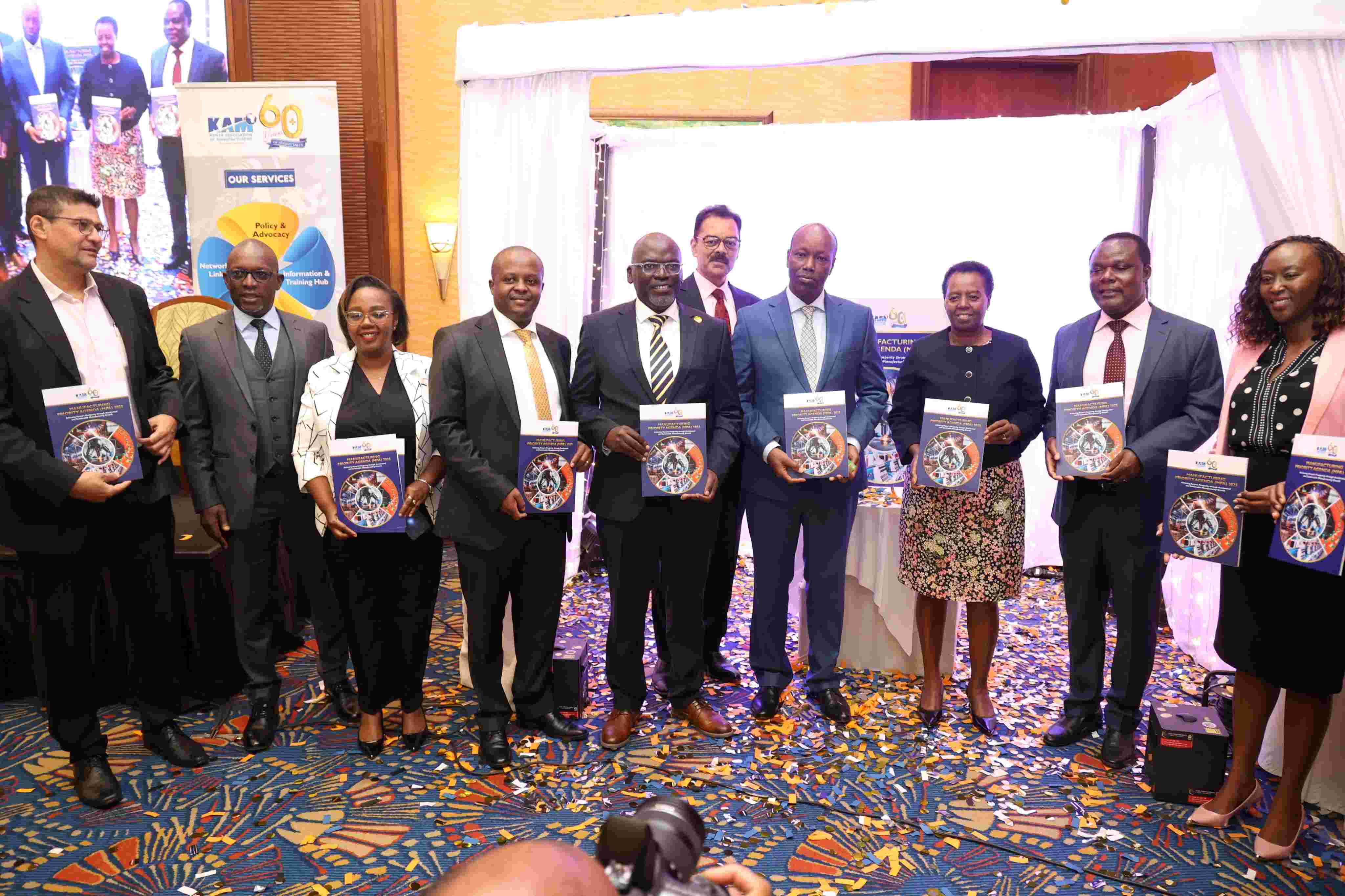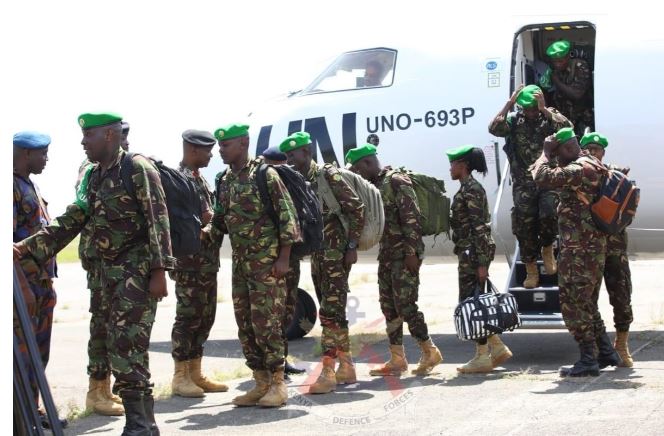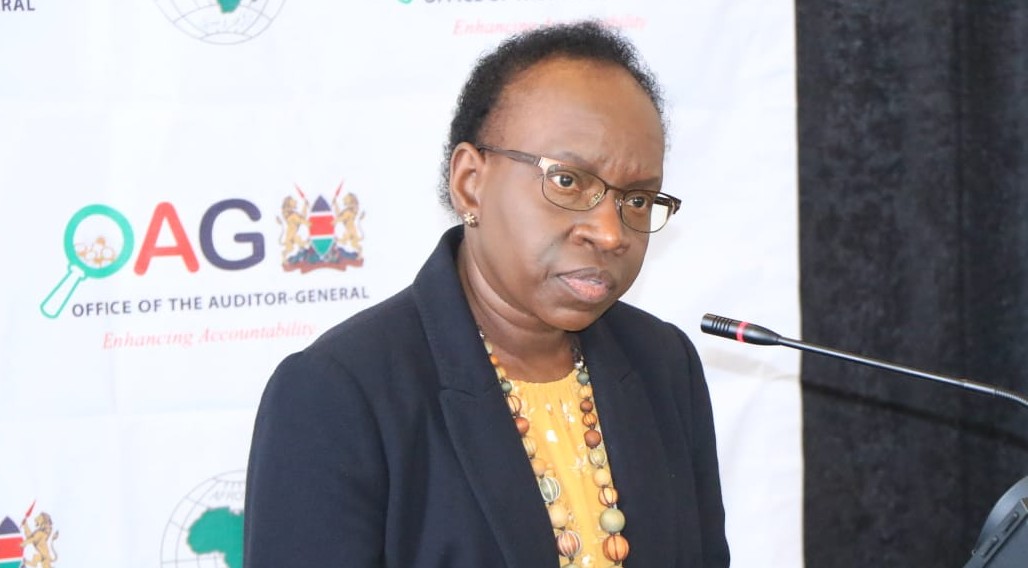The birth and emergence of the Mashemeji Derby
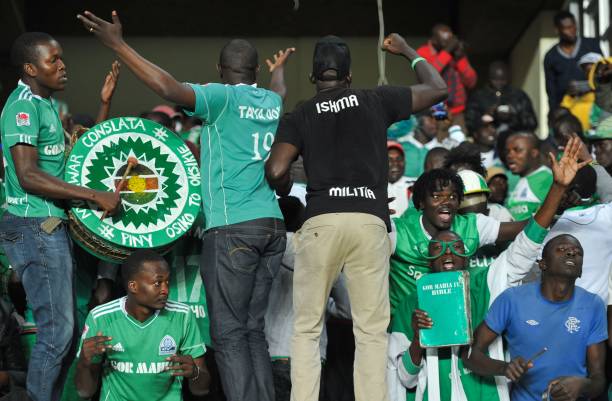
Bitter rivals AFC Leopards and Gor Mahia will square off on Sunday afternoon at the Nyayo National Stadium in what is the biggest inter-club fixture in Kenya. This will be the 96th Mashemeji Derby.
Other than for purposes of adhering to editorial house rules, the word “Mashemeji” deserved the protection of two quotation marks when the Daily Nation first used it together with the word “derby” to describe football encounters between the AFC Leopards and Gor Mahia.
“Mashemeji” is not a regular English word; it is the Kiswahili word for in-laws, a term that members of the Luhya and Luo communities use to describe the close ties between them forged over decades of cultural, economic, political, and social interactions.
More To Read
- Gor Mahia coach Sinisa Mihic talks Kenya, coaching, and surprising confession about Zdravko Logarusic
- AFC Leopards and Gor Mahia coaches, captains call for peace ahead of Sunday's Mashemeji Derby
- AFC Leopards out to settle scores against Gor Mahia in Mashemeji Derby
- Gor Mahia AGM scheduled for April as leadership wrangles persist
It is while having in mind the ties that bind the two communities on those four and many other factors that Odindo Ayieko, who was working for the Nation Media Group at the time, introduced the term “Mashemeji” Derby into the Kenyan football lexicon on July 24, 2011, in a Sunday Nation newspaper article previewing that day’s clash between Gor Mahia and the AFC Leopards.
“AFC Leopards and Gor Mahia draw their support predominantly from the Luhya and Luo communities, respectively, and with members of the two communities sharing a long history of intermarriage and interactions in other spheres such as politics and trade, we have come to refer to each other as “shemeji” (in-law),” Ayieko told The Eastleigh Voice in an interview.
“Before any meeting between the AFC Leopards and Gor Mahia, it was common, and still is, to hear fans of the two clubs calling each other “shemeji” as we exchanged jibes. At that moment in 2011, I really wanted to write something interesting about the match that would capture the essence of the closeness between Luhyas and Luos and that is how I ended up coining the term “Mashemeji” Derby,” Ayieko added.
Ayieko says “we” because he belongs to the Luo community and having a Luhya wife means he is quite well-informed on the depth of interactions between members of the Luhya and Luo communities.
A day before “Mashemeji” Derby made its low-key entry in the middle of Ayieko’s article, Sammy Kitula, Ayieko’s then colleague at the Nation Media Group, published an article hyping the July 2011 encounter between Gor Mahia and the AFC Leopards as a clash of “sabre-rattling in-laws.”.
The use of the term “sabre-rattling in-laws” in the headline of Kitula’s story was perhaps the strongest suggestion that online and stadium banter between AFC Leopards and Gor Mahia fans had sneaked into the mainstream newsroom.
In the few years that followed, the terms “in-laws” and “mashemeji" started to appear more often in news reports about matches between the two clubs but it was the term “mashemeji" that finally transitioned to popular acceptance.
“After I coined the term “Mashemeji” Derby, it just took on a life of its own and now I want to patent it,” Ayieko said of the popular use of the term.
“The term is now recognised in the region and it helped to bring back interest in the derby. Therefore, people really deserve to know how the term came up and its true meaning,” Ayieko added.
Going back to that encounter between Gor Mahia and the AFC Leopards in July 2011, it can be argued that there are other factors and people who, either directly or indirectly, contributed to the term getting a life of its own in Kenyan football.
Initially, that match between Gor Mahia and the AFC Leopards was to be played on June 12, 2011, but it was postponed three times owing to the unavailability of the Nyayo National Stadium.
The three postponements of the match, coupled with Gor Mahia acquiring AFC Leopards’ former Congolese forward Demonde Selenga in the intervening period, added to the hype of the match.
Also, social media use had started to become more common among Kenyan football fans, and as they formed online groups for discussing matters relating to their favourite teams and Kenyan football in general, years of consuming European football pushed them to create a unique identity for themselves, their teams, and Kenyan football.
Other Topics To Read
Emmanuel Mketu, an advocate of the High Court who is an ardent AFC Leopards fan, more than saw it all, as he also made several significant contributions that revived the popularity of the “Mashemeji” Derby by attempting to forge a unique identity for it.
Mketu has documented the history of the AFC Leopards through a compilation of newspaper reports about the club dating back to the 1960s.
As such, his knowledge of AFC Leopards history has also seen him become an authority on the history of encounters between AFC Leopards and Gor Mahia.
In June 2011, Mketu and others at AFC Leopards made an effort to give AFC Leopards-Gor Mahia matches a unique identity.
“When you read newspaper reports from the 1970s and 1980s, one will notice that matches between the AFC Leopards and Gor Mahia were mostly referred to as ‘The Big Clash’ with the two teams being labelled ‘traditional archrivals’ or ‘the big two’,” Mketu said.
“There was not much use of the word ‘derby’. However, when Kenyans came to get used to designations of derbies elsewhere such as ‘the Cairo derby’, ‘Kariakoo derby’, and ‘Soweto derby’, a need arose to give AFC Leopards-Gor Mahia matches an identity,” Mketu added.
At that time, in June 2011, Mketu and his colleagues at AFC Leopards published several issues of the Ingwe Fan magazine but it was the second issue of the publication that would prove pivotal in defining what later came to be known as “Mashemeji” Derby.
In their attempt, Mketu had labelled the match “Kenya’s El lasico," w which, of course, was inspired by the name given to clashes between Spanish football giants Barcelona and Real Madrid.
Mketu and his Ingwe Fans magazine colleagues even came up with a local version of the name, Il Klasiki, which evidently never grew feet.
The magazine also provided a list of all league meetings between the AFC Leopards and Gor Mahia, as well as other interesting facts relating to players who have played for both clubs and the only player, Gor Mahia’s Laban Otieno in 1975, to score a hat-trick in the derby.
The content shared in that magazine helped to hype the July 2011 encounter between Gor Mahia and the AFC Leopards, which went down in history as the 69th league meeting between the two clubs. Since then, it has become easier to keep up with the history of matches between the two clubs, as well as generate talking points.
However, it would be wrong to suggest that “Mashemeji” Derby had a rosy start and as Mketu and Tom Bwana, an ardent Gor Mahia fan, recall, the term took time to take root.
“Initially, I do not think ‘Mashemeji’ Derby was embraced well at first. The growth of its use of ‘Mashemeji’ Derby is one I can compare to when South Africans started calling their national football team ‘Bafana Bafana’ which simply means ‘The Boys, The Boys’. Many people, including SAFA, only embraced it when it became popular due to its frequent use. I can say the same for ‘Mashemeji’ Derby,” Mketu said.
Tom Bwana, who was one of the proponents of the use of the term “Mashemeji” Derby, hailed it as a unique identifier for meetings between the AFC Leopards and Gor Mahia.
“The term ‘Mashemeji’ Derby struck me as authentic and unique. The use of terms like Nairobi Derby did not appeal to me because, after all, Luos and Luhyas do not come from Nairobi. Attaching that geographic identifier for matches between the AFC Leopards and Gor Mahia did not make sense. ‘Mashemeji’ Derby is perfect because it truly captures the essence of encounters between the AFC Leopards and Gor Mahia,” Bwana said.
Bwana’s comments marry well with the AFC Leopards and Gor Mahia being referred to as “traditional archrivals” by Kenyan sports journalists of old. The use of the word “traditional” indicated that their rivalry preceded and transcended the sport. AFC Leopards vs. Gor Mahia is a football match steeped deep in the long history of interactions between Luhyas and Luos.
“A lot of studies have been done explaining the relationships between Luhyas and Luos and they all capture aspects that can help one understand why the closeness between the communities has contributed to the brewing of the rivalry that is manifest in the ‘Mashemeji’ Derby,” Bwana said.
Going by Bwana’s explanation, it makes sense why terms like Il Klasiki and Nairobi Derby did not appeal to many AFC Leopards and Gor Mahia fans. They needed a term that appealed to their sentiments and “Mashemeji” Derby did exactly that.
One is left to wonder what would have become of the term “Mashemeji” if social media had not played a role in popularising it.
Mketu is convinced that social media played a big role in making the term popular.
“When football debates and discussions moved online, fans needed a word to use as a hashtag and “Mashemeji” Derby fit the bill. Such frequent use of the term online definitely played a role in pushing it to popular acceptance,” Mketu said.
Bwana, on his part, believes that AFC Leopards and Gor Mahia, as well as the Kenyan Premier League being sponsored by betting firm SportPesa, also contributed to the rise in popularity of the term.
“SportPesa had great resources to do massive marketing campaigns, which helped entrench the term “Mashemeji” in popular usage. That they sponsored both the AFC Leopards and Gor Mahia and the Kenyan Premier League in the mid-2010s made the use of the term more efficient because everyone was on board in the campaign,” Bwana, who worked for SportPesa at that time, said.
Looking at newspaper reports of the “Mashemeji” Derby before the term entered common use, there is no denying the role it has played in the revival of the popularity of AFC Leopards-Gor Mahia matches.
In the decade before the term was introduced, sports journalists started referring to the two clubs as “former giants” or “former rivals” as their performances had dwindled so much that they no longer fought for big honours and fans had stopped attending their matches in large numbers.
The stature of the two clubs had shrunk so much that a postscript in an essay titled “Piece of Leather” in a 2008 revised edition of Wahome Mutahi’s book, “How to Be a Kenyan’, described the two clubs as being relegated to the cobwebs of history.
Well, that is no longer the case. AFC Leopards and Gor Mahia have since broken free from those historical cobwebs. They are back to being “traditional archrivals,” and their “big clashes” are now called the “Mashemeji” Derby.
Top Stories Today
